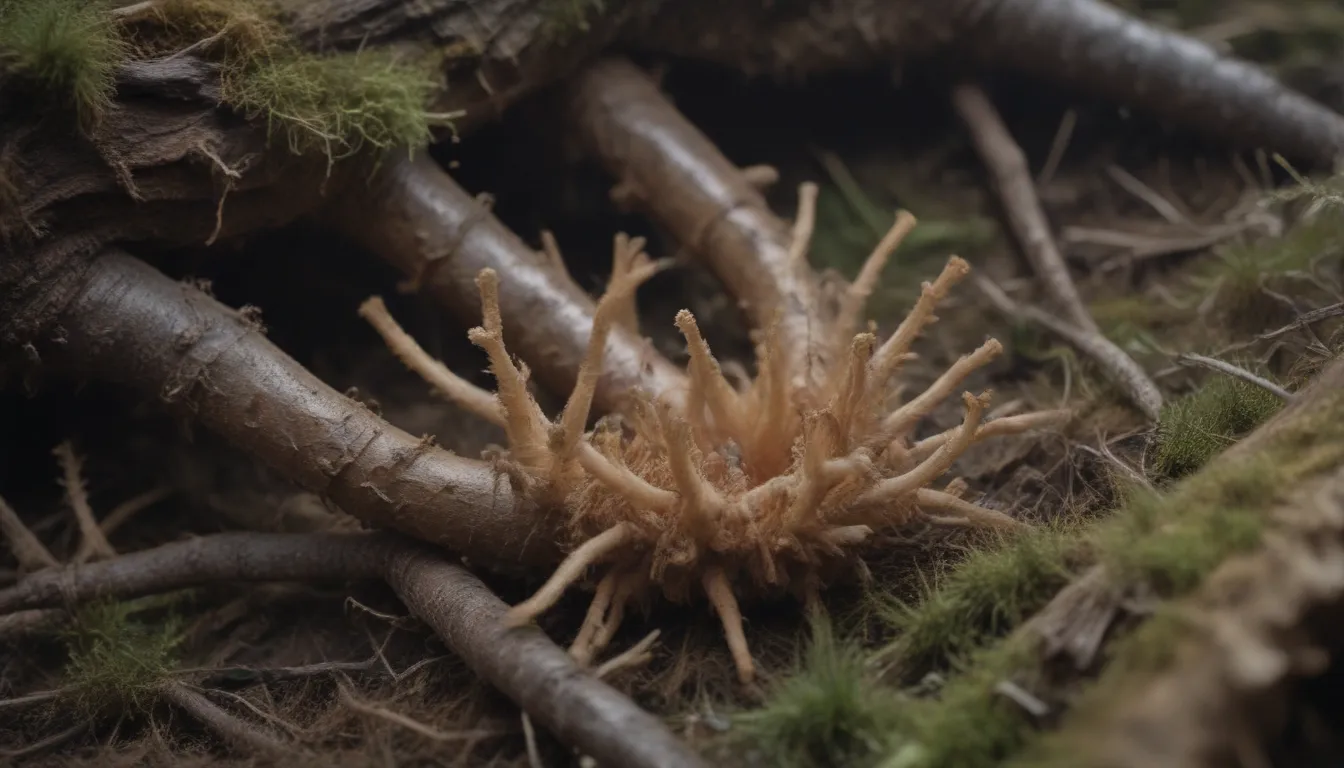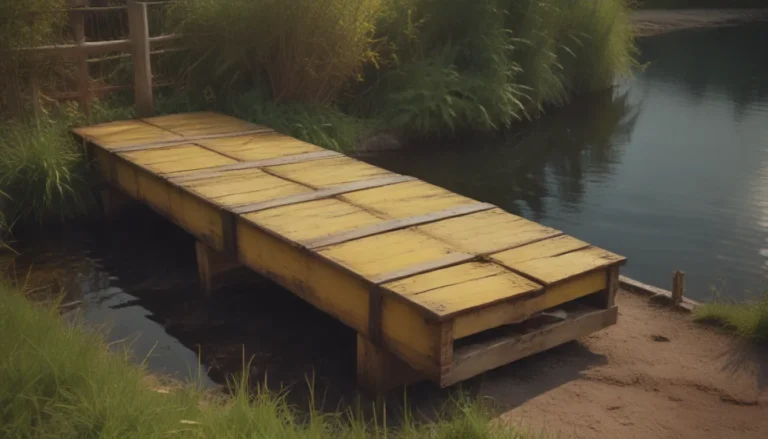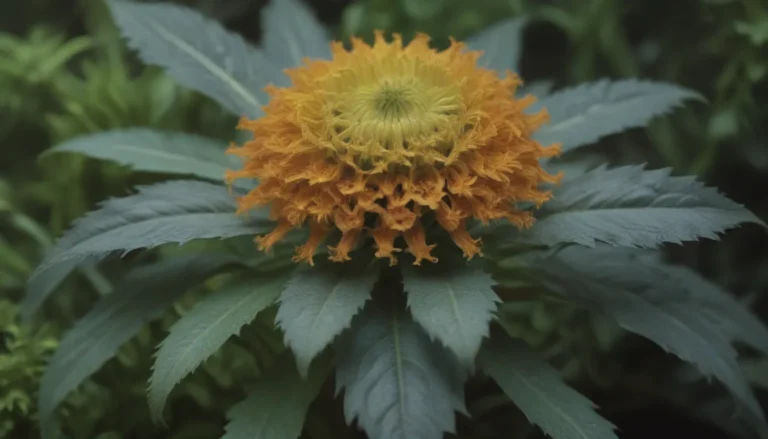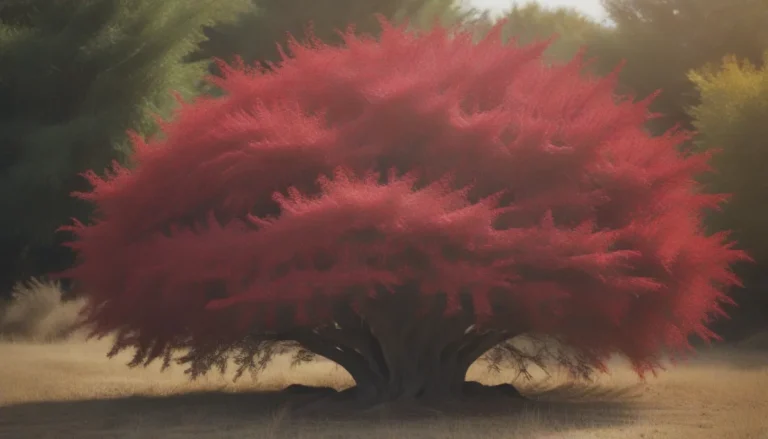Understanding and Dealing with Artillery Fungus: Everything You Need to Know

Artillery fungus, also known as shotgun or cannonball fungus, might not sound like a big deal, but those tiny, tar-like black spots can be a real headache when they start appearing all over your outdoor surfaces. From siding to cars to landscape plants, these pesky stains can be a nuisance. However, the good news is that artillery fungus is harmless to humans and pets, and it won’t cause any damage to your property. In this comprehensive guide, we will discuss everything you need to know about artillery fungus – from identification to prevention.
What Is Artillery Fungus?
Artillery fungus (Sphaerobulus stellatus) is a type of fungus that thrives on rotting wood in damp conditions. What sets it apart is its unique method of spreading spores. When enough liquid builds up in its mature fruiting bodies, they burst open and shoot out black spores measuring 1-2 mm in diameter. These spores are propelled by internal force towards light, landing up to 20 feet away on light-colored surfaces. The sticky coating on the spores allows them to adhere to anything they touch.
If you’re unsure whether the black spots on your property are caused by artillery fungus, grab a magnifying glass and take a closer look. The spores of artillery fungus are globe-shaped, and when you scratch open the outer dark brown coating, you’ll see a whitish, finely granular, gummy-like center.
What Causes Artillery Fungus?
Artillery fungus is commonly found in wood chip mulch, decaying fallen trees, and other rotting wood, as well as in animal dung. This fungus requires sunlight and moisture to thrive and tends to appear during cool spring and fall weather when temperatures range between 50 and 70 degrees Fahrenheit. Fruiting bodies of the fungus do not develop in weather exceeding 78 degrees.
How to Remove Artillery Fungus
When it comes to getting rid of artillery fungus, there is no magical fungicide to rely on. Mechanical removal is your best bet. The key to effective removal is to tackle the black spots within two to three weeks after they appear. The longer they stay on a surface, the harder they will be to clean.
Here are some removal methods depending on the surface:
- Scraping: For gentle removal, start with scraping and follow up with soap and hot water.
- Bleach water: Mix 1 cup of bleach per gallon of water for non-porous surfaces, but be cautious of potential damage.
- Power-washing: Use this strong option only on suitable surfaces.
Keep in mind that porous surfaces like wood siding may retain the stains even after cleaning. In such cases, you may only be able to remove the top layer of spores.
How to Prevent Artillery Fungus
Prevention is always better than cure when it comes to dealing with artillery fungus. Here are some preventive measures to consider:
- Choice of mulch: Opt for bark mulch or cedar mulch, as they are resistant to artillery fungus. Avoid redwood mulch and cypress mulch to protect native forests.
- Regular stirring: If you have a small yard, keep the mulch dry by stirring it up regularly.
- Complete removal: In cases of severe infestation, consider removing all affected mulch and replacing it with resistant alternatives.
- Non-organic materials: Cover unplanted areas with materials like stone or gravel to prevent artillery fungus growth.
- Winter weather: Freezing temperatures can help kill off artillery fungus, but spores may still linger once the weather warms up.
Remember, it’s important to dispose of contaminated mulch properly in the trash and avoid composting or dumping it in your yard to prevent further spread of the fungus.
Additional Tips and Considerations
- Artillery fungus can damage car paint, so be cautious when parking near affected areas.
- Painting over artillery fungus may be a temporary solution, especially on wood surfaces.
- Educate yourself and your neighbors about the risks of artillery fungus to prevent its spread in the community.
By understanding the causes of artillery fungus and implementing effective prevention strategies, you can keep your property free from these unsightly stains. Remember to stay proactive and address any signs of artillery fungus promptly to avoid long-term damage. With these tips in mind, you can enjoy a fungus-free outdoor experience.





